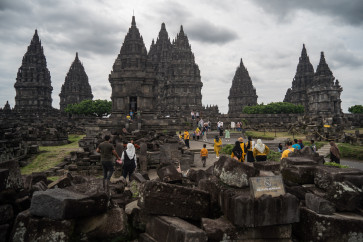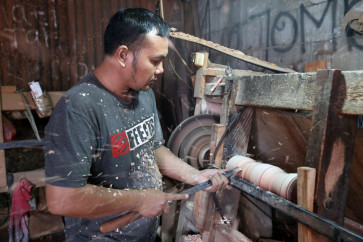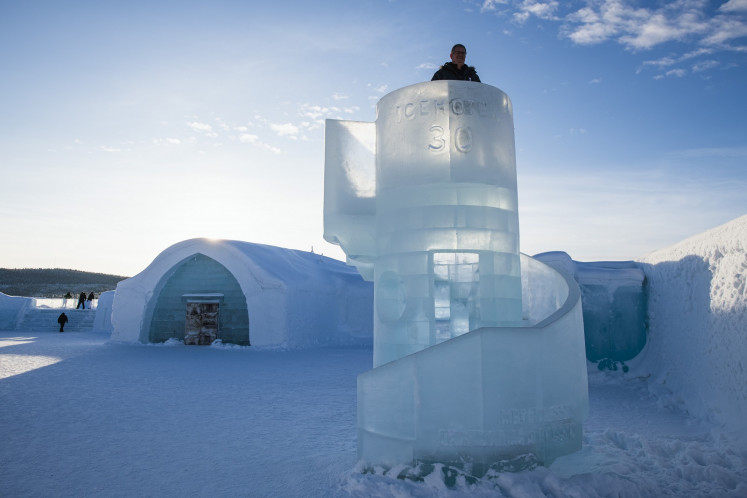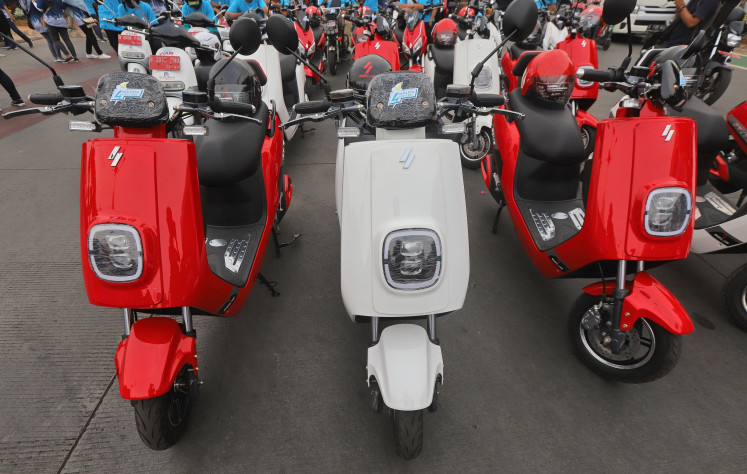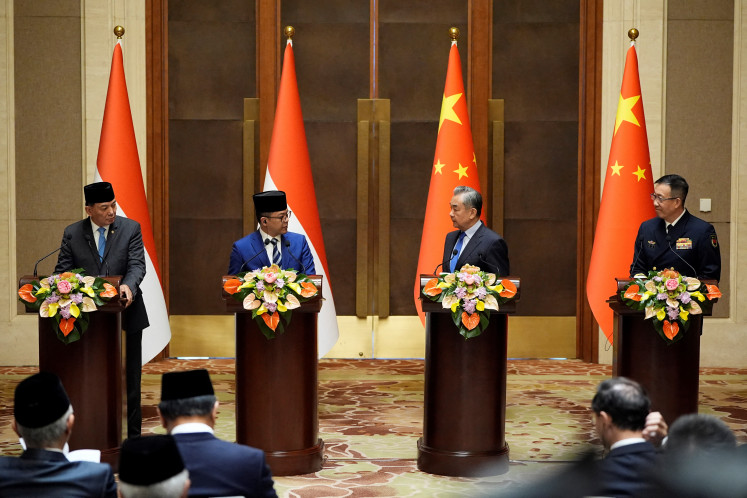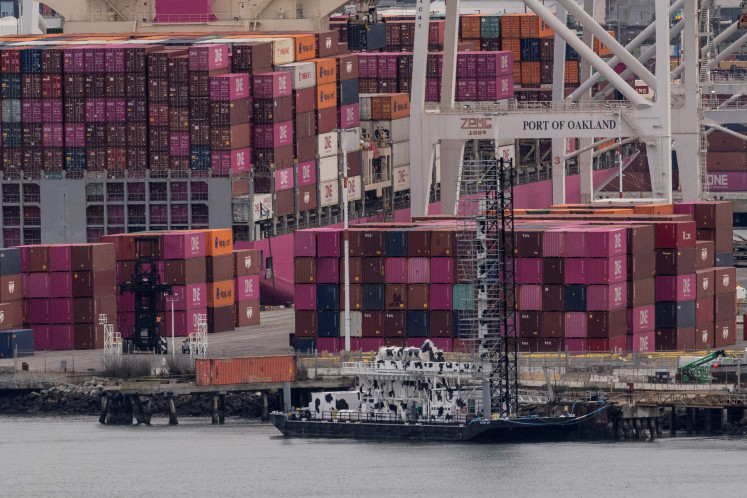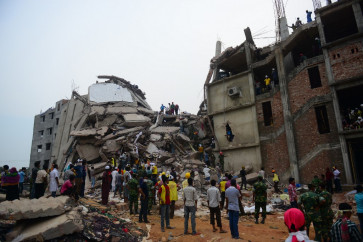Sweat shops: textile industry's dark side
Change text size
Gift Premium Articles
to Anyone
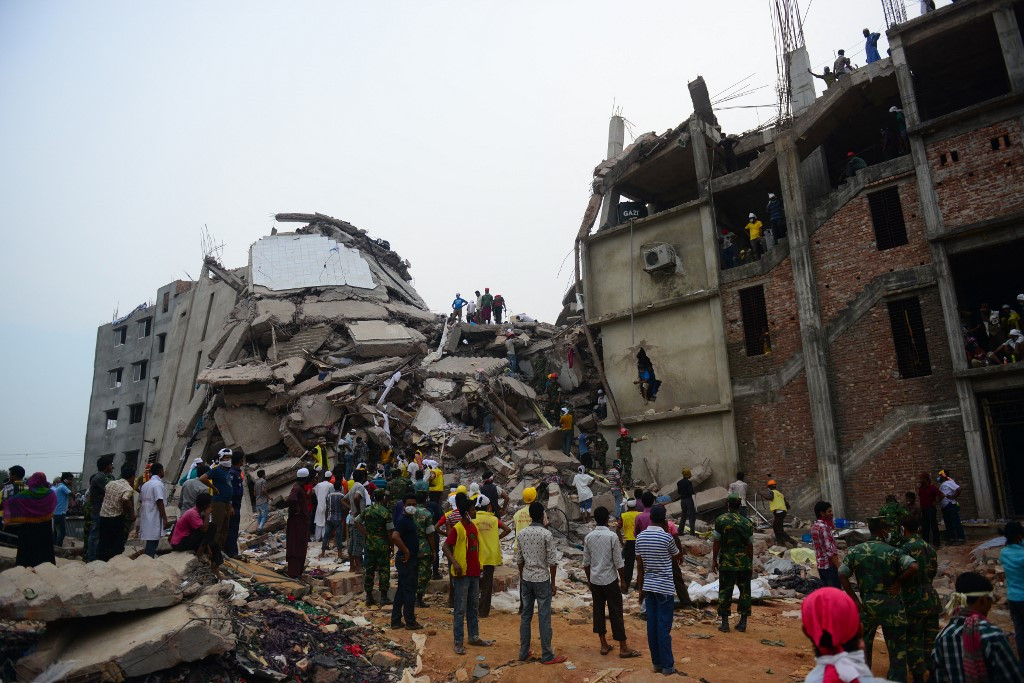 In this file photo taken on April 26, 2013 Bangladeshi volunteers and rescue workers conduct rescue operations 60 hours after the Rana Plaza garment building collapsed in Savar, on the outskirts of Dhaka. (AFP/Munir Uz Zaman)
In this file photo taken on April 26, 2013 Bangladeshi volunteers and rescue workers conduct rescue operations 60 hours after the Rana Plaza garment building collapsed in Savar, on the outskirts of Dhaka. (AFP/Munir Uz Zaman)
T
he deadly consequences of fast fashion were spotlighted a decade ago after 1,138 people were killed when the nine-storey Rana Plaza garment factory collapsed in Bangladesh.
While the tragedy piled pressure on top brands churning out ever-rising mountains of clothes to ensure better standards, abuses in the textile industry continue:
Factory hellholes
The collapse of Rana Plaza near the capital Dhaka was the worst in a series of disasters in textile factories in Bangladesh, the world's second-largest garment exporter after China, and other Asian countries.
A year earlier, at least 111 workers were killed in a fire at a textile factory in Dhaka that produced for US retail giant Walmart, among others, and more than 250 workers died in a blaze in a factory in the Pakistani city of Karachi that produced jeans for German discount chain KiK.
The scale of the disaster at Rana Plaza, which produced clothes for Primark and Benetton, among others, proved a turning point.
Under intense scrutiny, top brands, retailers and trade unions agreed to work together to improve safety conditions in Bangladeshi factories.

